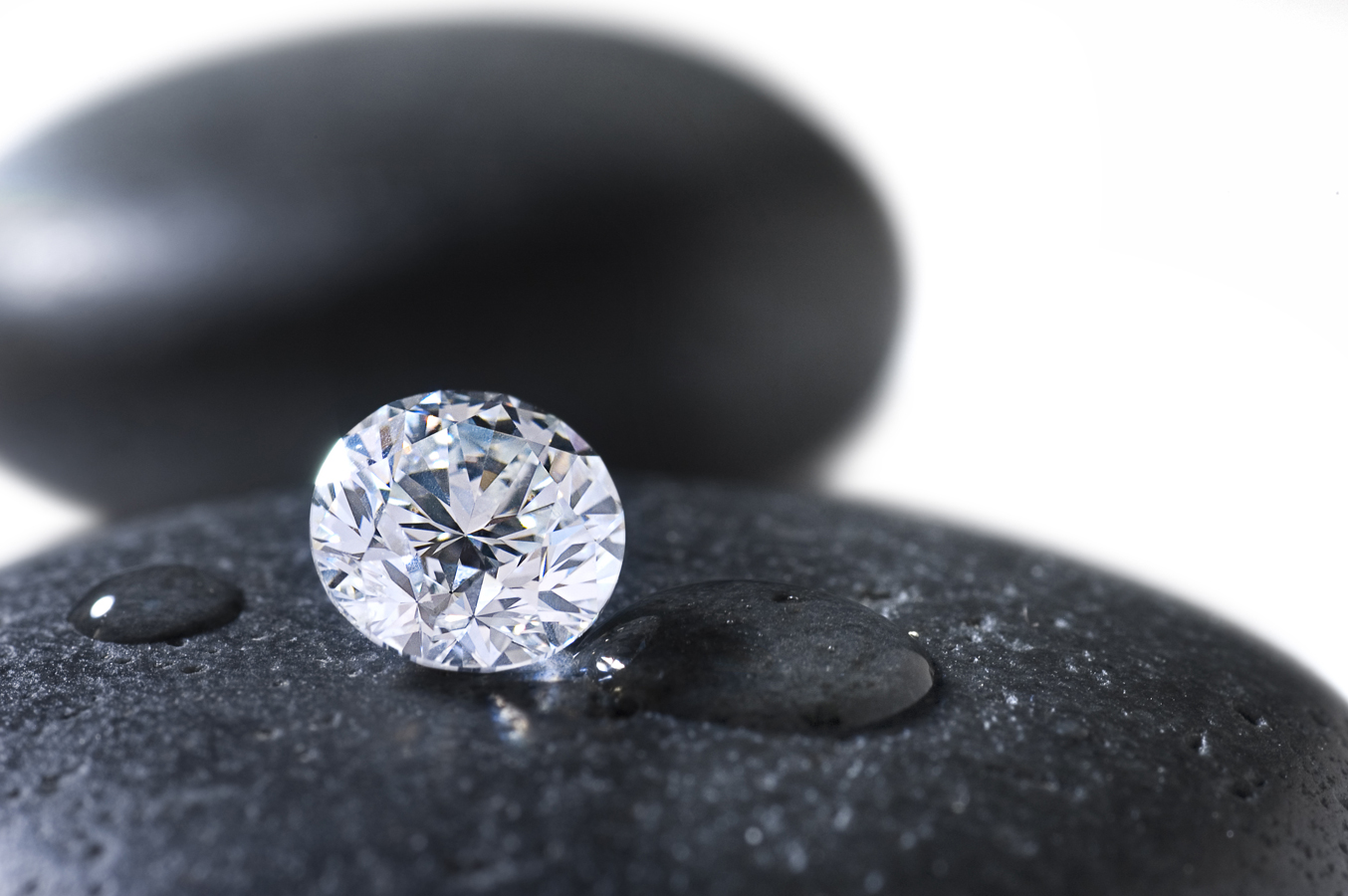Diamonds have long been revered as symbols of love, luxury, and status. However, not everyone can afford the hefty price tag that comes with these precious gemstones. Fortunately, there are alternatives known as diamond substitutes that offer similar brilliance and aesthetic appeal without breaking the bank. In this comprehensive guide, we’ll delve into the world of diamond substitutes, exploring their types, characteristics, advantages, and disadvantages.
Introduction
What are Diamond Substitutes?
Diamond substitutes are gemstones or materials that mimic the appearance of natural diamonds but are more affordable and accessible. They come in various forms, including natural gemstones and lab-created alternatives.
Importance of Diamond Substitutes
Diamond substitutes play a crucial role in making luxurious jewelry accessible to a wider audience. They offer affordability without compromising on beauty, making them ideal for budget-conscious consumers and those who prioritize ethical and environmental considerations.
Natural Gemstone Alternatives
Moissanite
Moissanite is a popular diamond alternative known for its brilliance and durability. It possesses a similar refractive index to diamonds, giving it exceptional sparkle and fire. Unlike diamonds, moissanite is silicon carbide, making it a sustainable and ethically sourced option.
Cubic Zirconia
Cubic zirconia (CZ) is one of the most affordable diamond substitutes on the market. While it may lack the durability of diamonds, CZ stones boast impressive clarity and brilliance, making them a preferred choice for fashion jewelry and costume pieces.
White Sapphire
White sapphire is a natural gemstone that closely resembles diamonds in appearance. Although not as sparkly as moissanite or cubic zirconia, white sapphire offers a sophisticated alternative for those seeking a more subtle yet elegant look.
Lab-Created Diamond Alternatives
Synthetic Diamonds
Synthetic diamonds, also known as lab-grown or cultured diamonds, are chemically and optically identical to natural diamonds. They are created in controlled laboratory environments using advanced technology, offering consumers a conflict-free and sustainable alternative to mined diamonds.
Diamond Coatings
Diamond coatings involve applying a thin layer of diamond-like carbon (DLC) onto other materials, such as cubic zirconia or metals, to enhance their durability and appearance. While not true diamonds, these coated materials offer increased scratch resistance and a diamond-like shine.
Factors to Consider When Choosing Diamond Substitutes
When selecting diamond substitutes, several factors should be taken into account:
Budget: Determine your budget and explore options that offer the best value for money.
Durability: Consider the intended use of the jewelry and choose a substitute that can withstand daily wear and tear.
Appearance: Evaluate the brilliance, clarity, and color of the substitute to ensure it meets your aesthetic preferences.
Ethical Considerations: Research the sourcing practices and environmental impact associated with different substitutes to make an informed decision.
Comparative Analysis of Diamond Substitutes
Brilliance: Moissanite typically exhibits greater brilliance and fire compared to cubic zirconia and white sapphire.
Hardness: While diamonds are the hardest natural substance, moissanite and cubic zirconia are close contenders, offering excellent durability for everyday wear.
Clarity: Synthetic diamonds and moissanite often have higher clarity grades compared to cubic zirconia and white sapphire.
Color: Diamonds are graded on their colorlessness, lab grown diamonds, with higher grades indicating less color presence. Moissanite and cubic zirconia are usually colorless or near-colorless, while white sapphire may exhibit slight hues.
Popular Myths About Diamond Substitutes
Despite their growing popularity, diamond substitutes are often subject to misconceptions:
“They Lack Brilliance”: Contrary to belief, many diamond substitutes, such as moissanite and cubic zirconia, exhibit impressive brilliance and sparkle, rivaling that of natural diamonds.
“They Are Less Durable”: While diamond substitutes may not match the hardness of diamonds, they are still highly durable and suitable for everyday wear.
“They Look Fake”: With advancements in technology and craftsmanship, modern diamond substitutes closely resemble natural diamonds, making them virtually indistinguishable to the untrained eye.
Advantages of Choosing Diamond Substitutes
Affordability: Diamond substitutes offer significant cost savings compared to natural diamonds, allowing consumers to invest in larger or higher-quality stones within their budget.
Environmental Impact: Lab-created diamond alternatives and sustainable gemstones contribute to reducing the environmental footprint associated with traditional diamond mining.
Customization Options: Diamond substitutes provide flexibility in design and customization, enabling consumers to create unique and personalized jewelry pieces.
Disadvantages of Diamond Substitutes
Prone to Scratching: While durable, some diamond substitutes may be more susceptible to scratches compared to natural diamonds, requiring regular maintenance and care.
Limited Resale Value: Unlike natural diamonds, which often appreciate in value over time, diamond substitutes may have lower resale or investment potential.
Perception: Despite their quality and affordability, diamond substitutes may still carry stigma or skepticism among traditionalists and those who prioritize brand recognition.
Trends in Diamond Substitutes
Diamond substitutes are gaining traction in the jewelry industry, driven several key trends:
Rise in Popularity: Increasing awareness of diamond substitutes and shifting consumer preferences towards ethical and sustainable options have contributed to their growing popularity.
Celebrity Endorsements: Influential figures in the entertainment and fashion industries have been spotted wearing jewelry featuring diamond substitutes, sparking interest and demand among their fan base.

